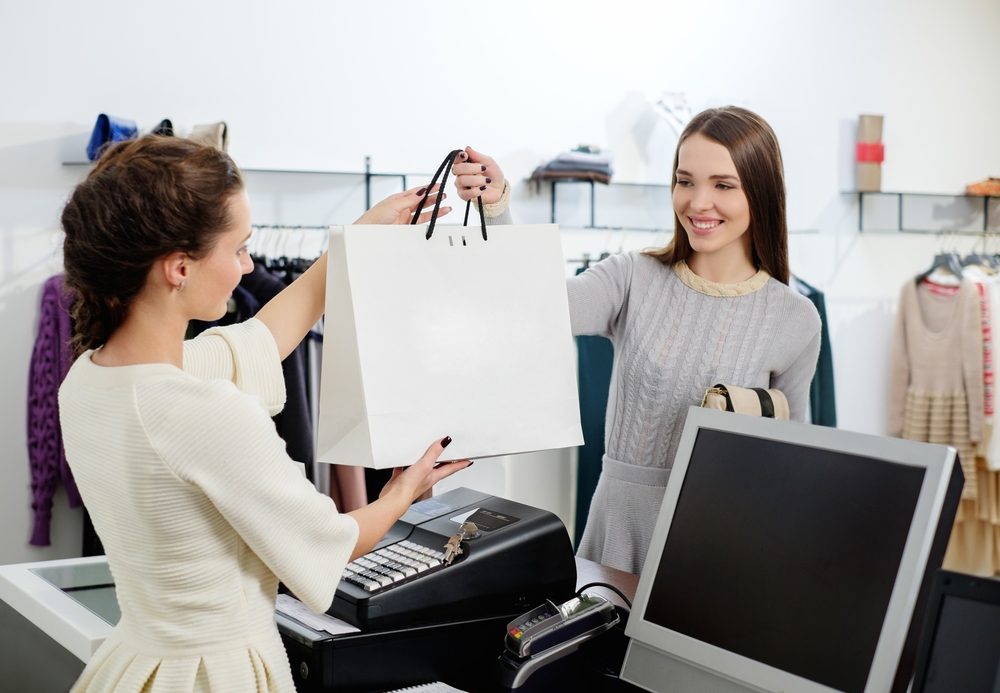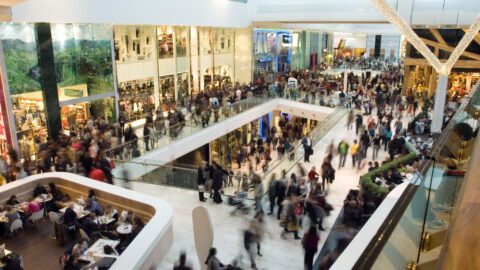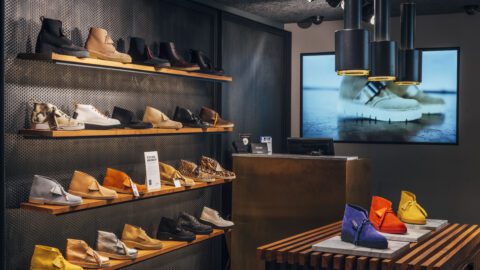Despite the growing dominance of mobile, shoppers still enjoy shopping in-store. What’s changed, however, is their expectations around the brick-and-mortar experience, according to a pair of studies by GPShopper. Some shoppers highly prize stores’ convenience — the ability to quickly find an item, pay for it and go. Others respond to experiential retail; they are more willing to linger and browse until they find what they want. Retailers can adjust their stores’ layout, staffing and services to address both ends of this spectrum.
These insights are particularly relevant for the holidays, when 67% of those using tech in-store say they are interested in using tech in-store would like buy online, pickup in-store (BOPIS) options to minimize friction at checkout, according to the Holiday Shopping Experience: Immediacy as Currency report.
Advertisement
The importance of mobile hit its peak during Thanksgiving weekend, when the channel surpassed desktop for e-Commerce orders. “You’re just seeing a story emerge where consumers are taking back convenience and saying, ‘I don’t mind shopping because I can do it from the dinner table while listening to Aunt Edna’s 13th boring story and complete my shopping list,’” said Maya Mikhailov, CMO & Co-Founder of GPShopper in an interview with Retail TouchPoints. “Mobile devices are really powering that.”
Some of the key technologies shoppers want to use on their smartphones include:
- Retailers’ mobile apps (36%);
- Scan-and-go (35%);
- Visual search (27%); and
- Mobile wish lists (26%).
Mobile Technology Creates Brick-And-Mortar Opportunity
However, mobile devices aren’t just boosting e-Commerce — they’re also opening up new ways for retailers to minimize in-store friction. Only 17% of shoppers plan to do all of their shopping via e-Commerce, while 39% plan to split their time equally in-store and online. Additionally, while many shoppers are using BOPIS for quick trips, a significant share still interested in shopping the old-fashioned way.
Retailers must strike a balance between convenience and experience to meet the needs of both groups, according to Mikhailov. While BOPIS shoppers might want to have a dedicated area right up front that allows them to get in and out of the store within minutes, such a setup could look unappealing to experience-focused customers who want to bask in holiday displays and take their time finding the perfect gift.
“We have some shoppers that are completely convenience focused,” said Mikhailov. “They want to have done their shopping online, then they want to grab it and leave. Then you have retailers that are realizing they have other shoppers that really want an experiential approach. They don’t mind lingering here for a while, and they don’t even mind that they can’t leave with the product, but they want the full experience. What you’re seeing is retailers tap these different physical layouts to appeal to these different types of customers, because they’re realizing the one-size-fits-all layout that was the previous model does not work.”
Chasing after competitors, even successful ones, while planning store layouts isn’t guaranteed to achieve results, because different retailers count different demographics among their core customers. Every retailer needs to look at its own data to determine how shoppers are using their in-store and online offerings, then design their layouts to meet these demands.
However, whether the emphasis is on convenience or experience, any store plan should be designed to reduce or eliminate holiday shopping stress. In particular, retailers should do their best to address two of shoppers’ biggest issues:
- Waiting in lines and crowds (53%); and
- Not being able to find what they want (47%).
Tactile And Major Purchases Are Still The Domain Of Stores
A solid in-store experience is particularly important for retailers looking to draw in major gift purchasers, since 68% of shoppers include physical stores as one of their preferred shopping channels for large items, according to GPShopper’s Reality of Shopper Motivation report. These categories are more likely to lean toward experience than convenience, with shoppers more likely to make their purchase in-store rather than through BOPIS.
Retailers should keep these desires in mind for future holiday seasons as well. Some categories where shoppers still expect to prefer brick-and-mortar channels in 10 years’ time include:
- Clothing, beauty and accessories (29%);
- Food (50%); and
- Major life items (35%).
Retailers’ decisions about how they balance in-store and e-Commerce offerings will determine how their customers buy from them. Depending on whether the emphasis is on convenience or experience, retailers can tailor the in-store experience to match the needs of the customer base.
“You’re either talking about creating convenience, or creating an experience,” said Mikhailov. “If your goal from the consumer is to create long-term in-store loyalty, you need to create an experience, you need to create a lifestyle around the product and around the buying experience. If your goal is simply to deliver products to their home, then your goal may not be so concerned about the in-store aspect of it.”














